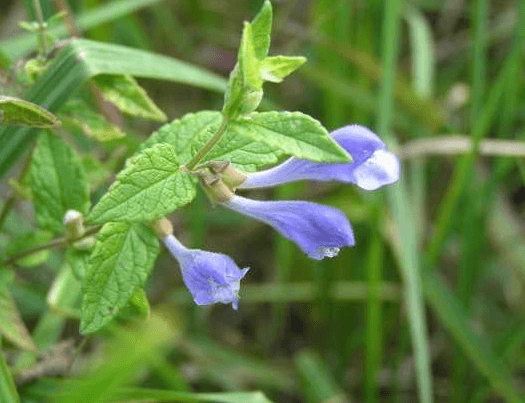The prostate is a male sex gland. After middle – age it is a potential troublemaker. After middle-age, more than 60% of all men experience prostate trouble. Much of this distress can be overcome.
There are men who have defeated surgery by adopting better nutritional habits. The fat-soluble vitamins seem to be associated with the health of the prostate.
Modern medical science has not been able to find a successful method of therapy other than surgery.
A hot sitz bath (150 to 115 degrees), in which the lower part of the body is soaked for twenty minutes to an hour, has a soothing effect and may reduce the swelling.
In 1958, Dr. W. Devrient, of Berlin, Germany, cured his patients of prostate trouble by have them eat pumpkin seeds.
There is evidence of a decrease in zinc content in glands containing malignant tissue. Pumpkin seeds are specific for a healthy prostate since they have high zinc content. Other zinc-rich foods are brewer’s yeast, onions, rice bran, eggs, nuts, seeds, molasses peas, beans, wheat germs, wheat bran, oysters and beef liver.
Lecithin has been suggested by twenty-one researchers as curative of enlarged prostate gland. Seeds of all kinds are rich in lecithin.
Parsley gives relief in prostate pressure.
One-half teaspoon powered slippery elm bark mixed with warm water to make a lump less paste, with one-half glass of warm water, and drunken morning and evening, has been effective in severe agonizing cases of prostate trouble.
Peach tree leaves are said to be good in cases of prostate trouble. Corn silk golden seal, buchu and garlic are also recommended. Blue flag has special action on the prostate gland.
Herb teas are more effective when used in conjunction with a good wholesome diet.
SALVES AND LINIMENTS
LINIMENT SALVE(2)
Vinegar (apple cider), I pint Elderberry blossoms
Cayenne, I teaspoonful Yarrow
Hops Red clover blossoms
Black cohosh Golden seal
Lobelia Balm of Gilead buds
Camphorated oil
Peppermint oil GRANDPA’S LINIMENT
Ague ammonia I oz.
Salve (I) Tincture arnica, oz.
Red clover blossoms Gum camphor, oz.
“Life everlasting” Oil turpentine , oz.
Yarrow Olive oil, oz
Elderberry blossoms oil peppermint , oz
Golden seal Alcohol, pint
Wheat germ oil
Arnica flowers
Balm of Gilead buds
This salve (2) was used on third – degree burns and left no scar.
Other good ointments to be used on burns are as follows:
Oil of pennyroyal and raw linseed oil.
Elderberry blossoms, yarrow and red clover blossoms simmered in vegetable oil.
Chestnut leaves steeped and applied to burns.
Chopped leaves of aloes (aloe vera) applied to burns.
Tannic acid is an old remedy for burns.
Aloes are good for X-Ray burns.
Cod liver oil has healing properties. It kills harmful organisms. The application of cod liver oil dressings to infected wound in fifty-three patients was very effective in combating infection. Researchers found that the growth of streptococci is stopped an end of six hours when cod liver oil is used.
Wonderful results are reported in treating wounds with honey. Dip gauze in honey and apply change dressing daily.
Salve made form comfrey root will heal wounds and is said to cause broken bones and fractures to knit.
A Vera train ointment is said to remove bullets without surgery. Webster’s dictionary lists Vera train as being an extract form the sabadilla seeds. American Hellebore is also known as Veratrum veride. Someone might like to investigate further.

